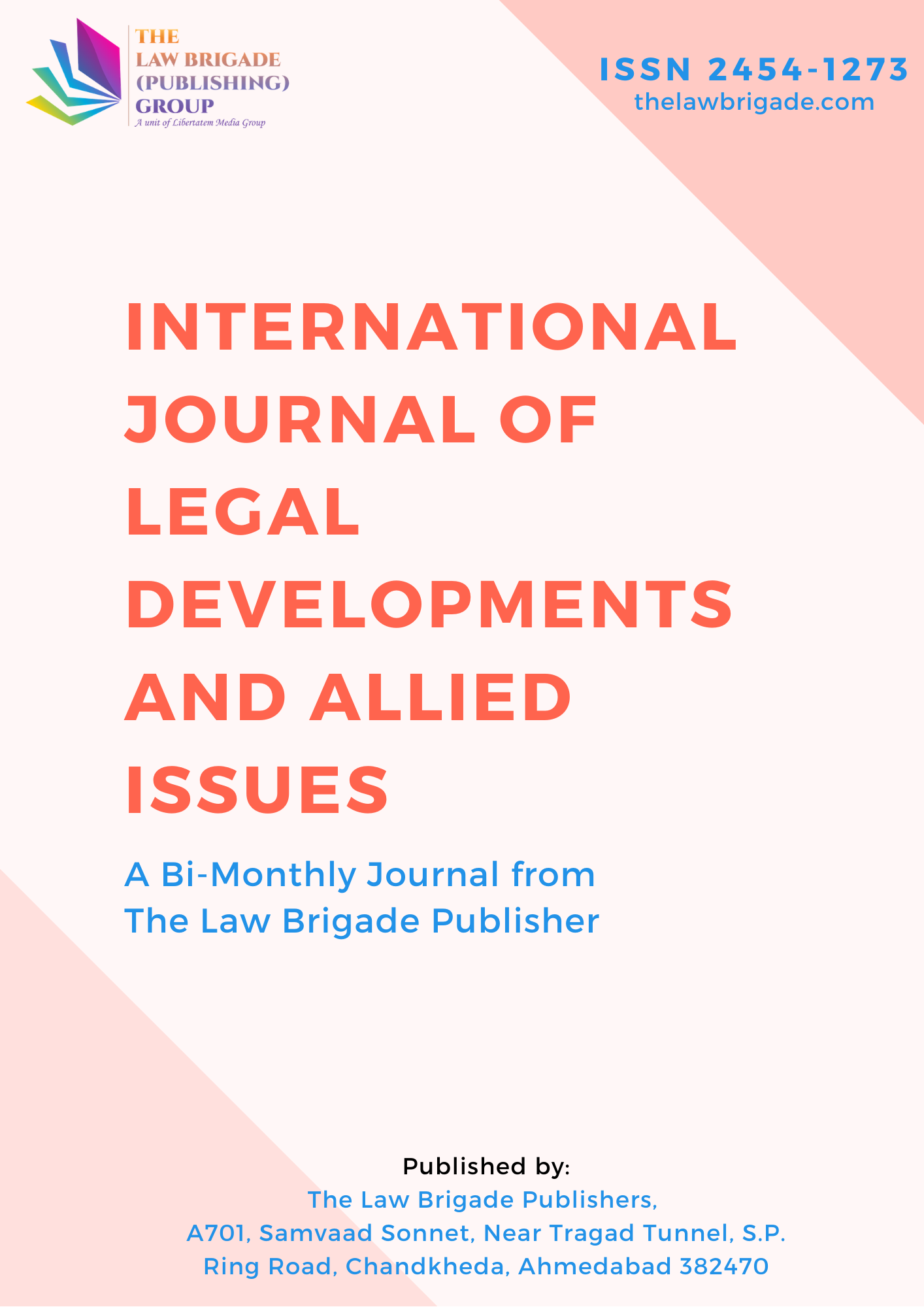A doctrine is just a principle or an instruction but it’s not necessarily a rule that can never be broken. The doctrine of stare decisis is embedded in Latin Maxim ‘stare decisis et non quieta movere’ which means to stand by the decisions and is also incorporated in Article 141 of the Indian Constitution and it states that the law declared by the Supreme Court shall be binding on all courts within the territory of India. It simply means that the courts refer to the past similar issues to guide their decisions. The past decisions are the precedents.
With the coming of the British Rule in India and the subsequent introduction of the common law into the legal system of our country, important developments took place with respect to the use and the theory of precedents in British India. The role of law is increasing as a means of development and the task of the modern judges is increasingly becoming difficult. On one hand, the goals of law are to achieve stability and certainty, but continuously changing and progressive society norms are in conflict with each other.
To achieve the goal of law i.e. stability, certainty, and continuity, doctrine of precedent was evolved. The premise on which this doctrine is based is that law should be stable, predictable and secure. The trend of following precedents ensures that the citizens must behave according to the rules laid down in the society in the expectation that past decisions will be honored in the future if they deviate from their normal course of conduct and violate the rules or laws of the state. Certainty, stability, and predictability are not only the goals of law but they are important ones. Sometimes it so happens that people know beforehand how the court will respond to a certain type of behavior, so many disputes are avoided and some are settled without litigation.
Stare decisis is essentially ‘the rule of precedent’ which the courts follow in the future cases. In spite of the fact that a rule has to be strictly applied, there is a need to balance the demands for change in the laws with stability and this necessitated the adoption of several judicial techniques by the House of Lords. The orthodox methods could be modified by way of a) analogy, b) distinguishing the facts, c) narrow or restricted interpretation, and d) ascertainment of ratio-decidendi.
The rules and principles of case law are not final; they can be changed according to changing circumstances of the society. There is a shift of emphasis by the courts in shaping the law towards development of the principles of strict liability through Rylands vs. Fletcher[i] and the whole concept of manufactures’ responsibility towards the consumer in Donoghue vs. Stevenson[ii] are worth mentioning. Rylands vs. Fletcher[iii] is one of the best example of expanding principle of the common law.
In the Rylands case, there was a reservoir built by the defendants to store water for their mill and they filled the reservoir with water. The water broke through some mining shafts beneath, escaped, and flooded their neighbor’s mine. Even though they were not personally negligent, defendant mill owners were held liable for the damage caused by the escaping water. This is called strict liability and this means you are liable even there is no fault of yours.
The same principle of Rylands case was adopted in another case of Hale vs. Jennings Bros[iv], where the defendant operated a chair-o-plane roundabout at a fairground. One of the chairs broke loose and hit the plaintiff. This was held to amount to an escape for the purposes of Rylands vs. Fletcher[v] and the defendant was held liable for the damage, even though they had not been negligent. Here the material facts were similar to Rylands case and the only difference was that the damage here was to a person, and not just to property. With Hale vs. Jennings Bros[vi], there was an expansion of the Rule in Rylands vs. Fletcher[vii] to also include personal injury.
Thus with the above-mentioned cases, we could see that the doctrine of precedents is not a principle which could not be modified. It could be changed according to the facts and circumstances of the case.
[i] [1968] LR 3 HL 330.
[ii] 1932 AC 562: (1932) ALL ER Rep (HL).
[iii] Ibid 2.
[iv] [1938] 1 ALL ER 579.
[v] Ibid 2.
[vi] Ibid. 5.
[vii] Ibid. 2.





